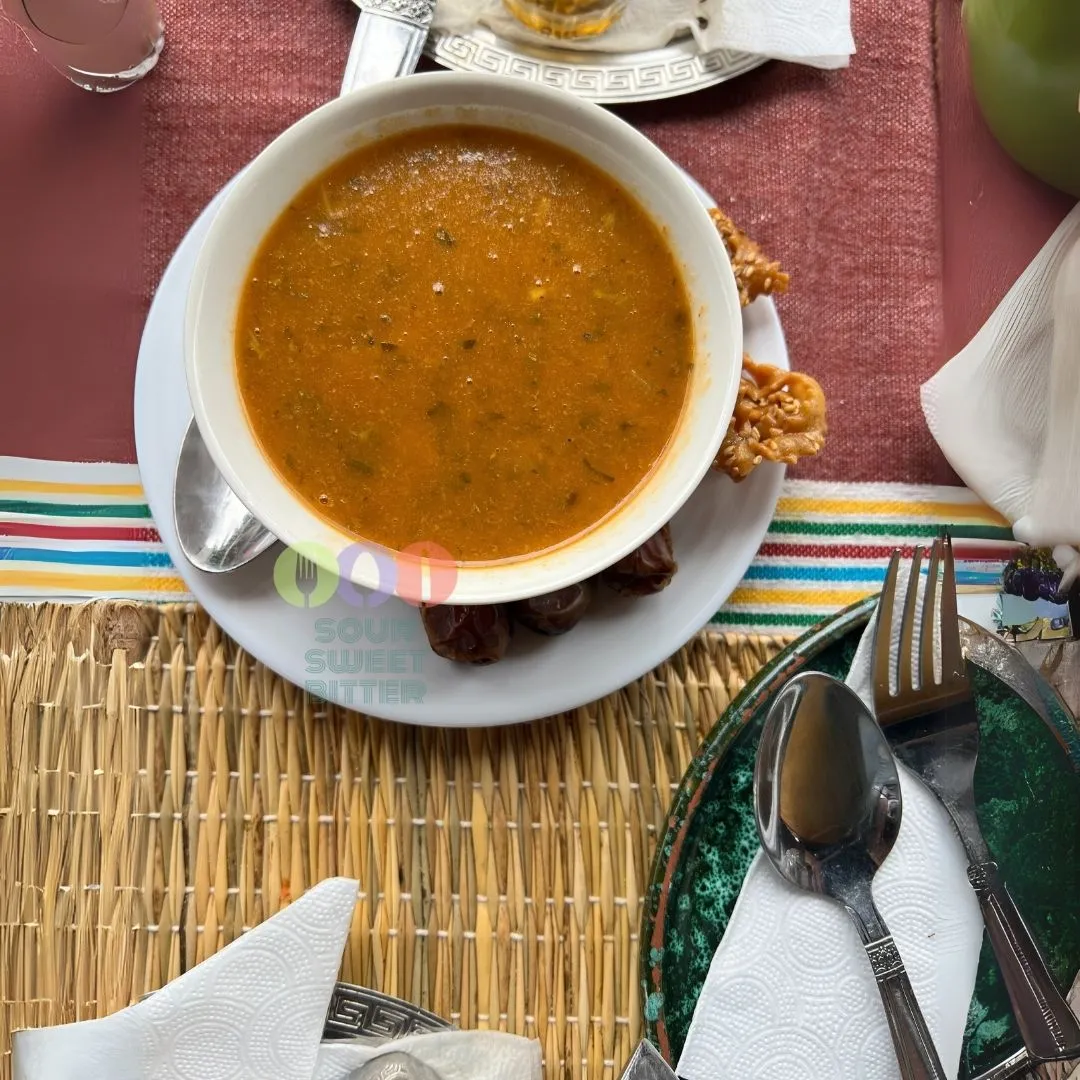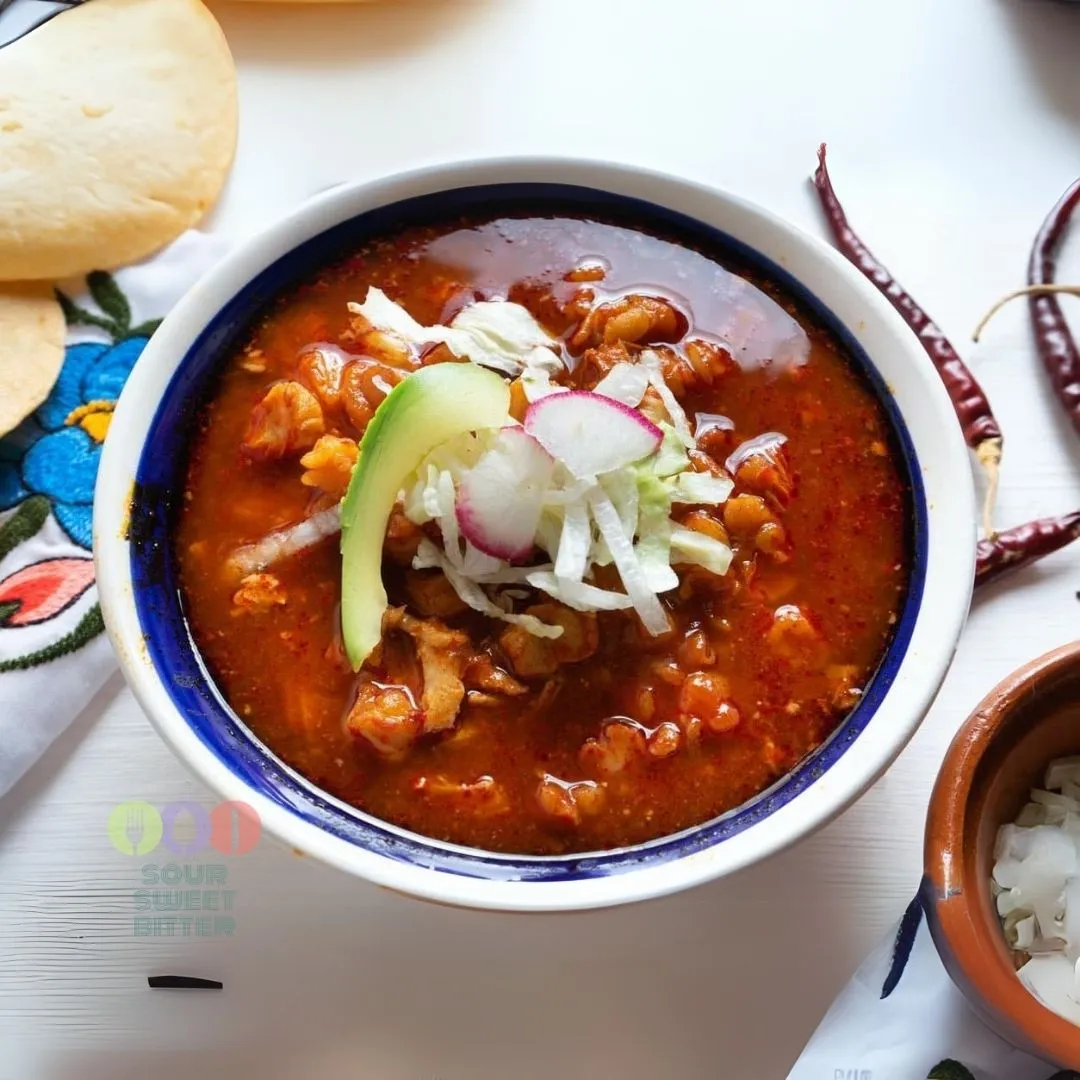Exploring the Culinary Jewel of Egyptian Halabesa
Egyptian halabesa is a shining example of Egypt’s rich culinary landscape. It reflects a history that highlights the nation’s agricultural roots and communal values. This dish symbolizes tradition, family, and shared experiences that resonate deeply within Egyptian culture. Let’s dive into the fascinating aspects of halabesa that make it integral to Egyptian life.
A Dish Steeped in Tradition
Halabesa has been cherished by families for generations. It often graces tables during festive occasions and family gatherings. The preparation is a ritual that binds loved ones together. In the kitchen, laughter, storytelling, and love abound. This communal aspect fosters connections and celebrates hospitality, central to Egyptian society.
The Richness of Ingredients
At the heart of halabesa are ingredients that reflect Egypt’s agricultural bounty. This dish typically includes:
- Hearty Grains: Often made with wheat or barley, these grains nourish Egyptians and serve as the dish’s foundation.
- Fresh Vegetables: Seasonal produce like carrots, zucchini, and peppers adds vibrant colors and textures, showcasing local market varieties.
- Exquisite Spices: A blend of spices—cumin, coriander, and garlic—infuses halabesa with aromatic warmth. Each region in Egypt adds its unique touch, ensuring every bite reveals local flavors.
A Journey Through Time
Halabesa is rooted in Egypt’s ancient past, where communal dining was essential. Archaeological evidence suggests early Egyptians enjoyed similar grain-based dishes. These dishes provided nourishment and fostered social bonds. Over the centuries, halabesa has absorbed influences from various cultures, making it a fusion that tells the story of Egypt’s diverse heritage.
The Symphony of Flavor
The flavors in halabesa create an unforgettable experience. As it cooks, a medley of spices fills the air, inviting anticipation. Each forkful offers a blend of textures—from chewy grains to tender vegetables. This dish embodies comfort, providing warmth and satisfaction in every bite.
Modern Interpretations
In contemporary kitchens and restaurants, halabesa continues to thrive. Chefs creatively reinterpret the dish, adding modern techniques and ingredients. They respect its origins while ensuring halabesa remains appealing. This evolution attracts nostalgic locals and adventurous food lovers alike.
The Heart of Community
Halabesa represents community. Traditionally served on large platters, it encourages sharing among family and friends. As people gather, enjoying halabesa becomes a celebration. Stories are exchanged, and memories are made. This experience highlights the importance of food in fostering relationships and building a sense of belonging.
A Versatile Delight
Halabesa shines on any occasion. Whether during festive celebrations, family gatherings, or casual dinners, it impresses. Its hearty nature makes it comforting in cooler months. Meanwhile, its vibrant colors suit summer feasts. The adaptability of halabesa ensures it remains a beloved favorite, satisfying cravings and bringing people together.
A Culinary Celebration
Egyptian halabesa encapsulates the essence of Egypt’s rich cultural heritage. It showcases history, community spirit, and culinary artistry. Each serving tells a story of tradition and love. Thus, halabesa invites you to partake in the vibrant tapestry of Egyptian life.
As you savor halabesa, you engage with a rich legacy that inspires and connects people across generations. Let it guide you to experience the flavors of Egypt. Celebrate the communal joy that comes with sharing this dish steeped in history and culture.
Discover Traditional Egyptian Recipes Discover Traditional Asian Recipes You may like this also: Algerian Berkoukes Soup
Egyptian Halabesa
Ingredients
Instructions
Prepare the Chickpeas (if using dried)
-
Soak the dried chickpeas overnight in plenty of water. Drain and rinse them the next day.
-
In a large pot, cover the soaked chickpeas with fresh water and bring to a boil. Reduce the heat and simmer for about 1 to 1.5 hours until the chickpeas are tender. Drain and set aside.
Cook the Soup
-
In a large pot, heat the olive oil over medium heat. Add the chopped onion, garlic, carrot, and celery. Sauté until the vegetables are soft and the onion is translucent, about 5-7 minutes.
-
Add the cumin, coriander, turmeric, paprika, cayenne pepper (if using), salt, and pepper. Stir well to coat the vegetables with the spices and cook for another 2 minutes to release the flavors.
-
Add the chopped tomato (or canned crushed tomatoes) and cook for an additional 5 minutes, until the tomatoes have broken down a bit.
-
Add the cooked (or canned) chickpeas to the pot and stir to combine.
-
Pour in the vegetable or chicken broth (or water) and bring to a boil. Reduce the heat and let it simmer for about 20-30 minutes to allow the flavors to meld together.
Finishing Touches
-
Stir in the lemon juice and adjust the seasoning with more salt and pepper if needed.
-
Using an immersion blender, partially blend the soup to thicken it slightly while leaving some chickpeas whole for texture. If you don’t have an immersion blender, you can blend a portion of the soup in a regular blender and return it to the pot.
Serving in Glasses
-
Ladle the hot Halabesa into heatproof glasses or small glass cups.
-
Garnish each glass with a sprinkle of freshly chopped parsley or cilantro.
-
Optionally, you can add a small wedge of lemon or a drizzle of olive oil on top for extra flavor and visual appeal.
Tips for Serving:
-
Make sure the glasses you use are heatproof to avoid cracking.
-
Serve the Halabesa immediately while it’s hot.
-
For an added touch, you can serve the glasses on small plates with a piece of warm pita bread on the side.
-
This method of serving Halabesa in glasses adds a touch of elegance and allows guests to enjoy the soup in a novel and visually appealing way.
-
Your Egyptian Halabessa is ready. Bil Afiyet!















